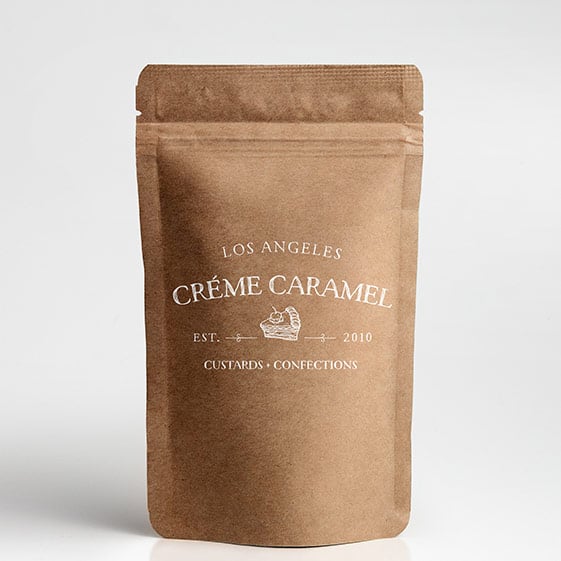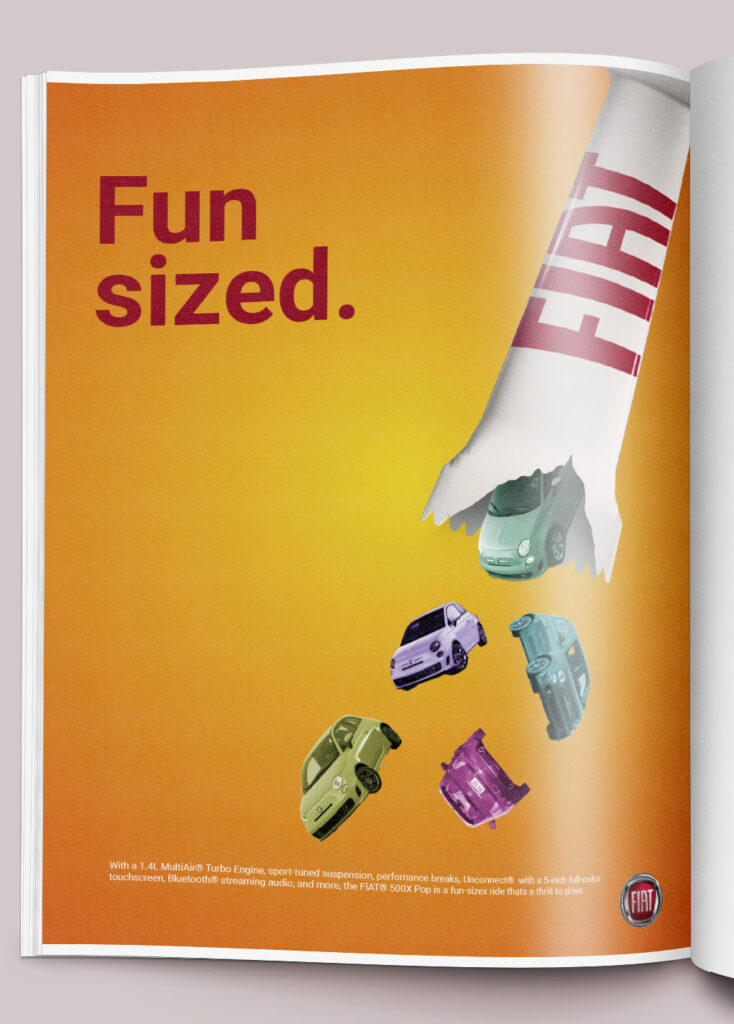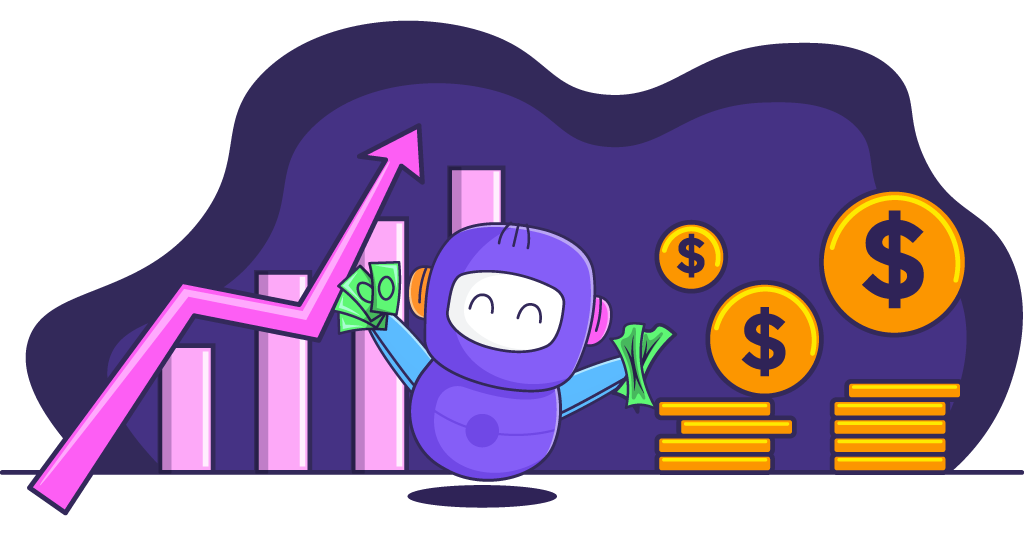
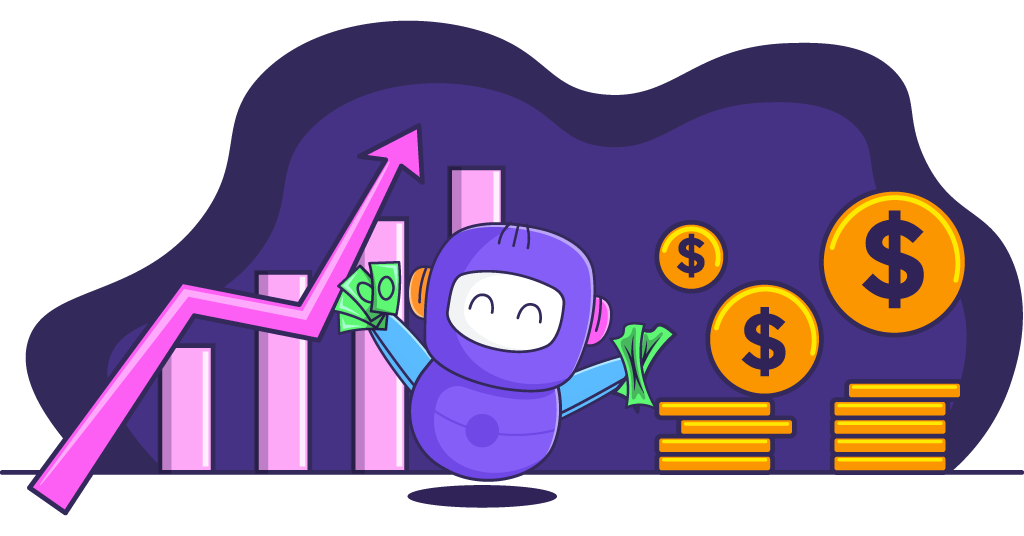
Graphic design can mean the difference between making an impact and merely existing. Technology makes it easy to have an online presence these days, but that doesn’t mean you’re making meaningful progress. Here are the main reasons why graphic design is important for sales.
What visual assets are businesses using?
Before diving into graphic design’s role in your sales funnel, let’s review what design might look like for you. Visual assets are just what they sound like: visual elements that help people remember and engage with your brand.
The best visual assets to employ are the ones that speak for your brand uniquely. A visual asset can be something as casual as a meme or as professional as an infographic. Graphic designers help you tell your story through imagery rather than words.
Visual assets include:
- Logos
- Website graphics
- Advertisements
- Blog graphics
- Custom illustrations
- Social post graphics
- Infographics
- Videos/photos
- Labeling/packaging
- Presentations
Visual Appeal
Let’s start with what’s obvious: Custom design creates visual appeal. When something looks good, we assume it is good. It’s as simple as that. On the flip side, the best products in the world can’t combat bad design. People will still make negative assumptions even if your only weak spot is packaging, labeling, or other design elements.
2. Brand Recognition
Many big brands learn the hard way that rebrands can dramatically impact sales. Tropicana’s infamous rebrand is one example. They decided to ditch the iconic orange juice label for something more modern. The result? Customers didn’t recognize their product at the grocery store, and sales plummeted.
3. Brand Memorability
A brand that’s memorable is widely known, even to the point of becoming a household name. For example, can you think of the State Farm jingle off the top of your head? “Like a good neighbor, state farm is there!” This phrase probably lurks somewhere in the recesses of your brain whether you like it or not. This is why graphic design is important for branding and visibility. It helps create brand salience when it counts.
4. Market Positioning
Have you ever looked at two brand websites in the same industry that looked alike? Too often, competing brands’ content all blurs together. They use the same imagery, fonts, and jargon, which makes them nearly indistinguishable. This is why graphic design is important for sales. How you position yourself is what allows your ideal customer to find you and choose you. Graphic design helps you make a distinct impression on the people that matter.
5. Social Media
The ongoing responsibility to create social media content can be a drag. There’s only so much time and so many ideas to share before your well of inspiration runs dry. A graphic designer will help you create original content on a regular basis.
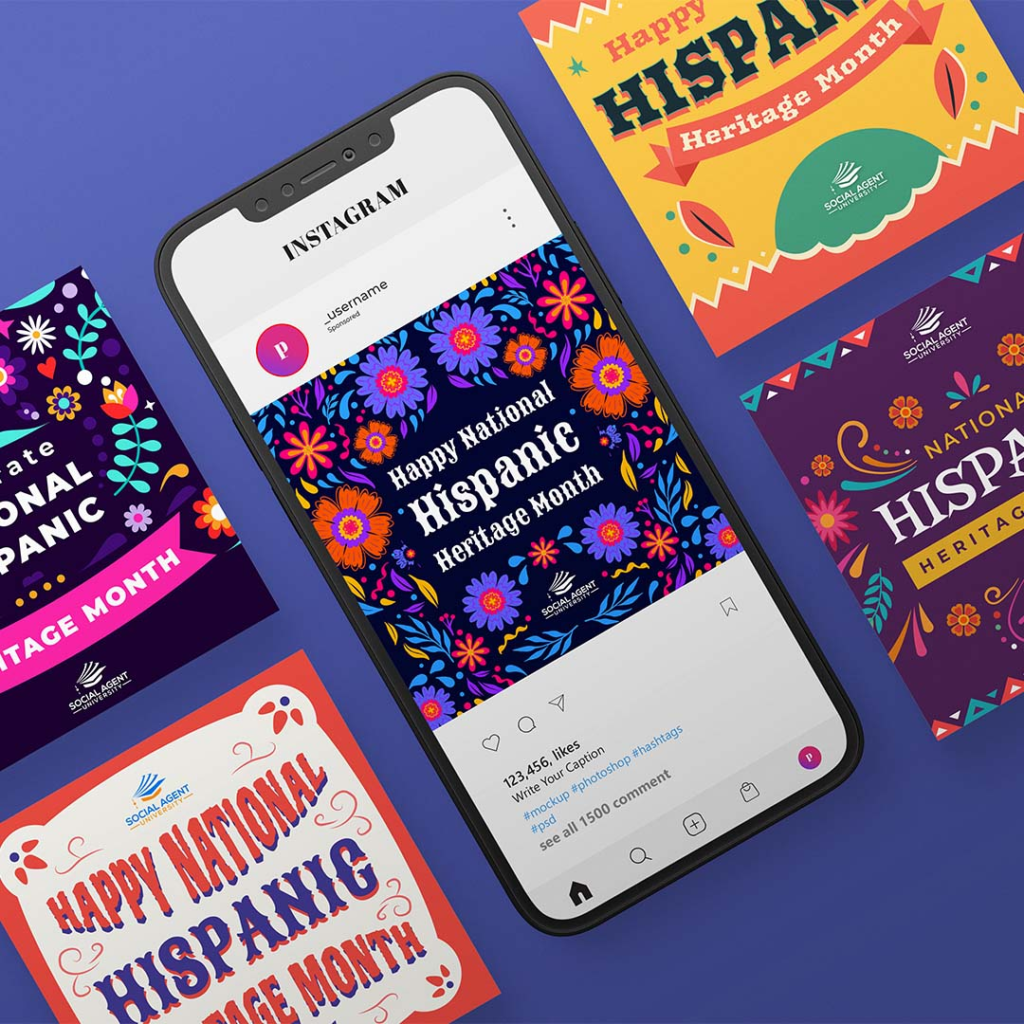
6. Visuals Speak
Language speaks to the logical part of our brain, but visuals speak to our creative side. According to a Crowdspring report, “The human brain processes visuals 60,000 times faster than it processes text.” This means some of the most impactful ideas are communicated through imagery.
7. Marketing Collateral
As you build an efficient marketing strategy, visual assets streamline the process further. Having relevant images to add to landing pages, ads, and emails can take your marketing to the next level.
8. Consistency & Credibility
This is another reason why graphic design is important for sales. As time passes, you may change your logo or even undergo a full rebrand. This is normal and necessary for brands that are around year after year. It’s good to adapt, but it’s also important to retain some consistency. Your brand’s core values and essence should shine through each design change.
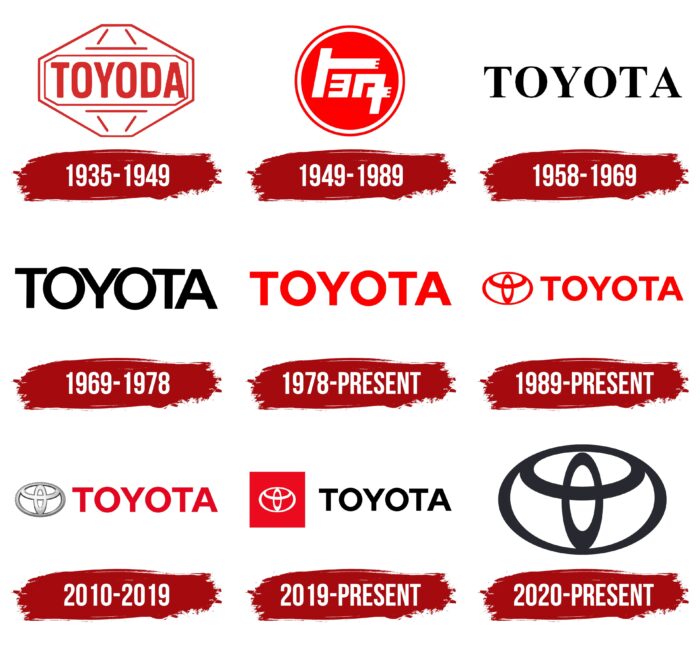
9. Building Trust
It may sound strange to propose graphic design as a means of building trust with your audience. But the most successful brands of all time have relied on the work of skilled designers. A great example is brand mascots. Who would Pillsbury be without the Pilsbury Doughboy? There’s no better way to personify your brand than by creating a character to represent it.
10. Website Bounces
94% of website visitors will leave a poorly designed site. With the right website graphics, you deter your audience from bouncing before they get to know you. Technical things like load speeds are critical, but it’s also critical to have something worth sticking around for. Graphic design can help you build a welcoming website.
11. Concise Communication
When consumers are browsing around online, they’re looking for a hook – something interesting enough to stop their scroll. Images give a concise impression faster than words can. The advertising industry knows this, which is why millions of dollars go into the simplest ads.
12. Conversions
Your website visitors assess your brand holistically. If they’re considering buying, each factor pulls them closer or pushes them further away. Graphic design is one of many components that will pull visitors closer to converting. It’s all about convincing them that your company is competent and your offer is truly valuable.
13. Professionalism
Surveys show brands rely on stock photography more than any other visual asset. The problem is, the world of stock photos is saturated. Have you ever been to two different websites and noticed the same image? This gives off an amateur vibe and shows that your brand doesn’t invest in originality. While it’s not the end of the world, it counts against your professionalism in the eyes of customers.
14. Education
Lastly, graphic design can facilitate learning. This is especially valuable for businesses in the eLearning space. Universities and b2b companies hoping to educate their audience can benefit too. Refined graphic design helps viewers absorb information faster. When in doubt, infographics are a great place to start. This is why graphic design is important for making complex data more digestible.
About the author

Brianna Johnson
Brianna is a professional writer of 10+ years who specializes in branding, marketing, and technology content.
Table of Contents
- What visual assets are businesses using?
- Visual Appeal
- 2. Brand Recognition
- 3. Brand Memorability
- 4. Market Positioning
- 5. Social Media
- 6. Visuals Speak
- 7. Marketing Collateral
- 8. Consistency & Credibility
- 9. Building Trust
- 10. Website Bounces
- 11. Concise Communication
- 12. Conversions
- 13. Professionalism
- 14. Education
